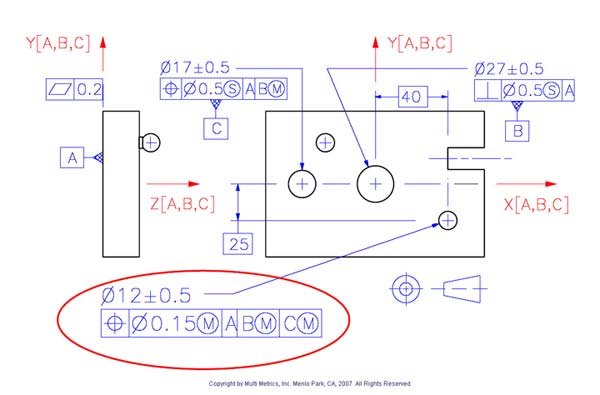ewlsey
Diamond
- Joined
- Jul 14, 2009
- Location
- Peoria, IL
I'm wondering how shops handle 3D profile tolerances and measurement of complex pockets and machined ports without a CMM.
Do you just not check them and assume they are correct?
I know that the quality guys where I work will collapse in a heap if they can't measure some stupid dimension on a drawing. Of course they get in trouble when it's time for first article inspection, so I can understand.
So how do you guys do it? There are lots of shops out there with no CMM. Some things you just can't readily measure with a height gauge and pins or even a comparator.
Do you just not check them and assume they are correct?
I know that the quality guys where I work will collapse in a heap if they can't measure some stupid dimension on a drawing. Of course they get in trouble when it's time for first article inspection, so I can understand.
So how do you guys do it? There are lots of shops out there with no CMM. Some things you just can't readily measure with a height gauge and pins or even a comparator.







